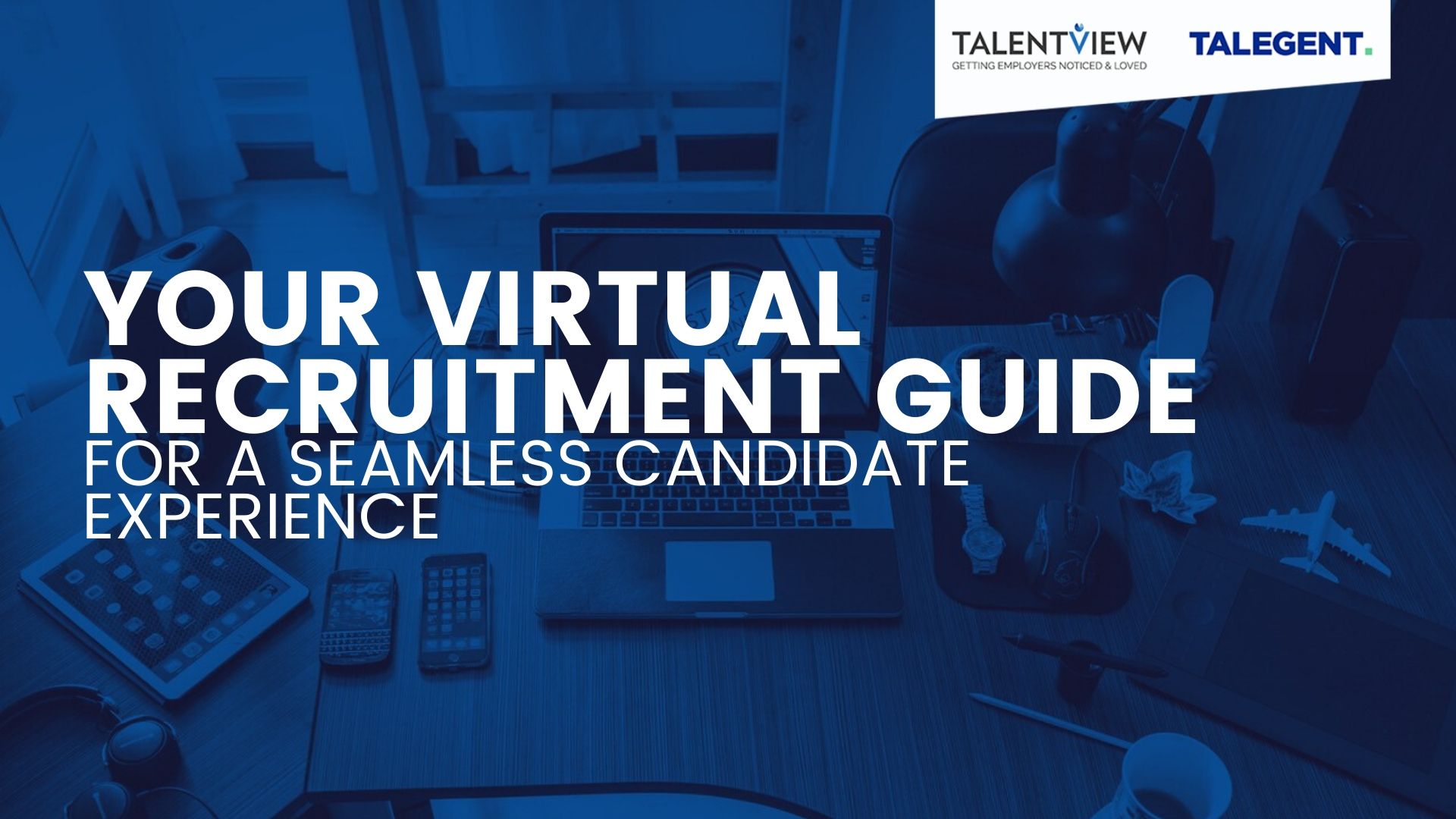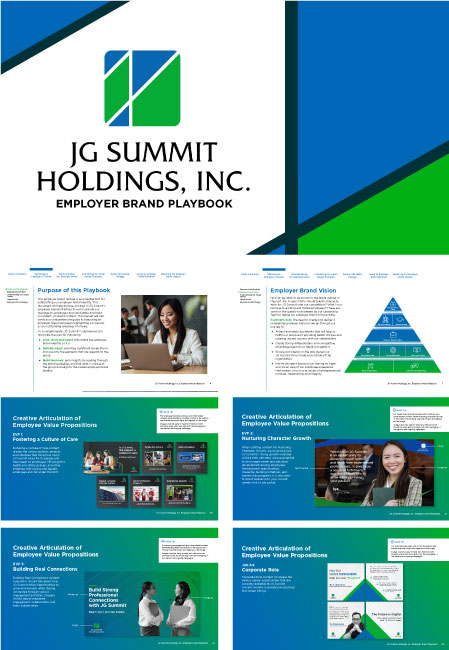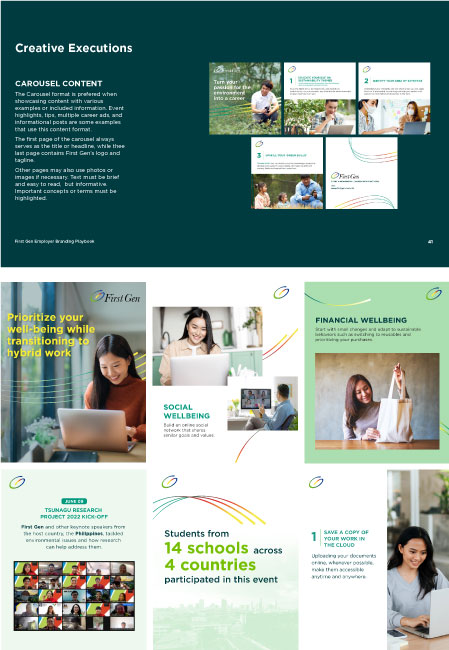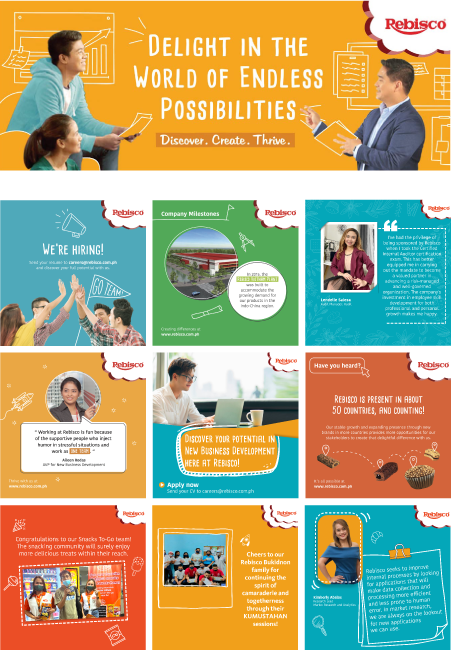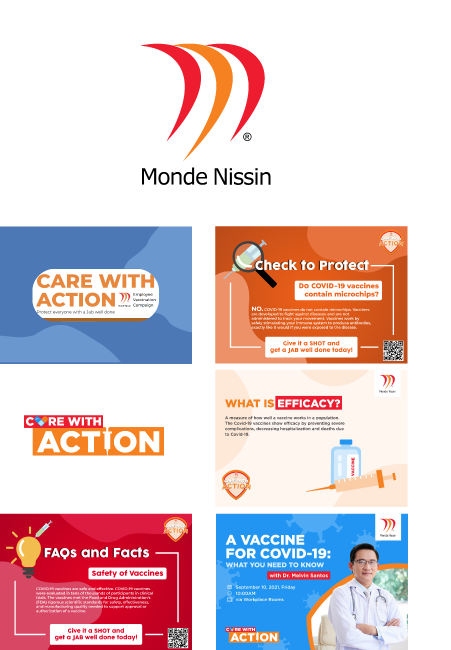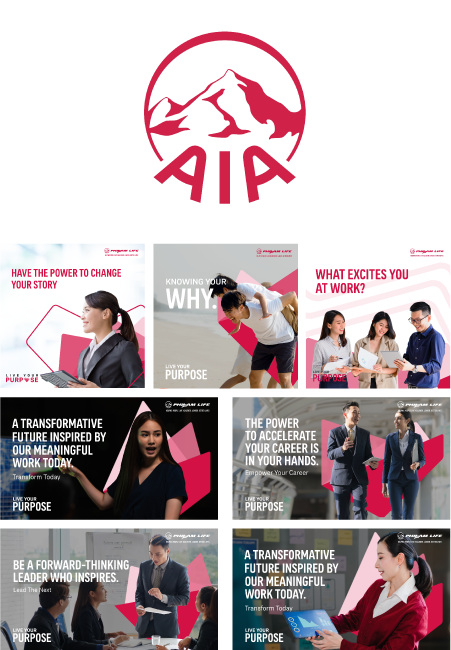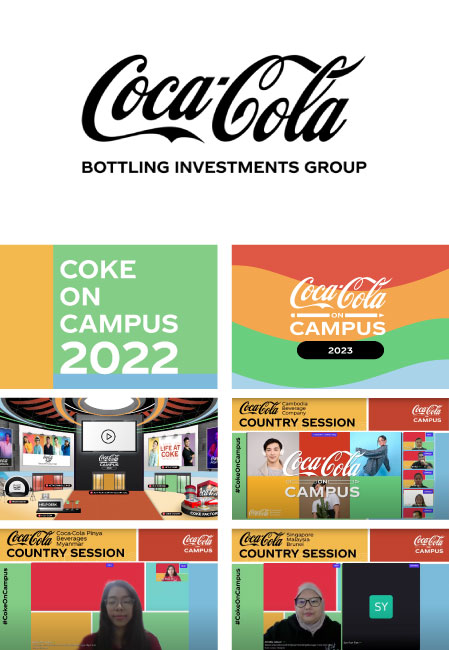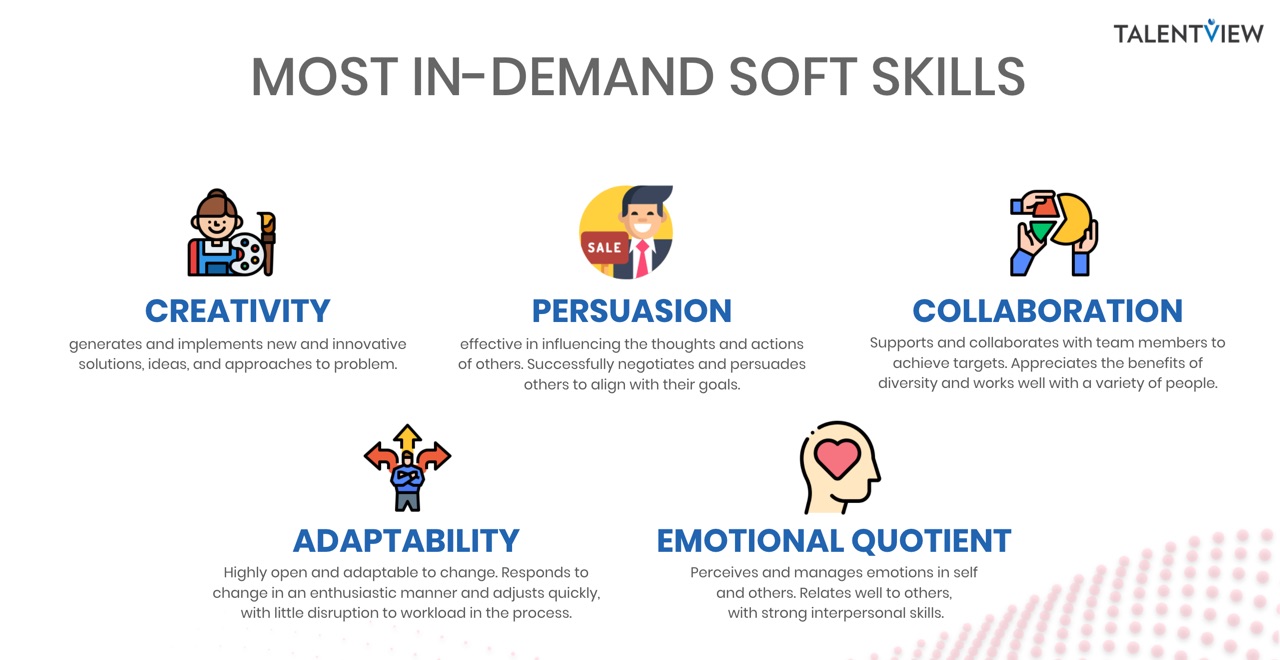Your Virtual Recruitment Guide to a Seamless Candidate Experience

Over the past few weeks, we’ve seen countless examples of people taking action to minimize the effect of the pandemic in our daily operation. Recruitment is no exception. The ways on how we identify the right person for the right role, make fast and informed hiring decisions, and measure employee potential for future roles, have never been this pressing.
By reviewing and improving our past practices, we can arrive at a most suitable and applicable hiring approach to accomplish what seemed impossible. We now adapt to a more technology-driven approach while still striving to humanize the entire candidate experience.
Here’s a quick guide on how to build best-in-class, virtual recruitment strategies to start off with your change management.
1. Talent Attraction and Sourcing
Let’s start by understanding the roles and responsibilities of your critical position. A Competency Model can improve the accuracy and ease of hiring as employers are able to hire for the specific competencies that a position requires.
When recruiting, competency models are the foundation of assessment center design. As competencies are based on the behaviors and skills a candidate possesses, it is important to measure them correctly when recruiting. These can be measured through AI-powered assessments.
Now we move on to your sourcing strategies.
Whether you are using offline or online channels in sourcing, what matters is that you’re using the right channel to attract talents to your organization.
Here are some guide questions to help you build a strong sourcing strategy:
- What type of talent profiles are you looking for?
- How can you reach them? Are they mostly on online or offline channels?
- What is your Employer Value Proposition (EVP) that will help you attract the right talent?
If you are doing a mostly online approach in sourcing, you may want to consider the following tools:
- Job boards posting through LinkedIn, Jobstreet, Monster, Seek to name some
- Job Ads through social media ads and boosting,
- Your own Career Site with an Applicant Tracking System (ATS) and Chatbot installed
Some strategies might be applicable to you, while some are not. The key is to understand first the market you operate in the most and find a suitable strategy that will be most effective.
2. Screening and Measurement
With the internet, the volume of candidates applying for jobs has drastically increased, while the time expected to hear back has decreased. With an increased number of applications, it is practically impossible for recruiters to individually screen all the candidates for a given role in an objective way, let alone in a reasonable timeframe.
This is an area that can be supplemented with online application systems and video interviewing, as well as with Artificial intelligence (AI).
Deploying an online-occupational assessment tool can help you gauge the talent’s job-fit and culture-fit. Here are some guide questions to help you build a strong assessment strategy:
- What are the emerging competencies that are critical to measure for your company?
- How do you measure each competency?
- What objective tools can help you gauge the candidate’s competencies?
To help you kickstart your competency framework development, you can refer below to the Talegent PATH Competency Framework. It covers a comprehensive range of job-relevant competencies. There are five general clusters that cover 23 different competencies in an integrated model that can be applied across all levels and areas of an organization.

Feel free to pick the set of competencies that will be relevant to your organization. But make sure that you also identify the best way to assess these competencies .
3. Selection Using Virtual Assessment Center (VAC)
Virtual Assessment Center (VAC) is a commonly used selection tool that combines a mixture of assessment techniques and exercises to help recruiters test skills that are not easily measurable in other parts of the process.
The table below shows an example matrix for your competencies and assessment strategies. Most organizations have now shifted their interviewing strategies using Video Conferencing tools and AI.

By combining various assessment techniques, organizations can be most effective at predicting individual performance and job fit, especially in this crucial time. By deploying real job previews and virtual live simulations, recruiters and line managers can shortlist candidates effectively. Likewise, organizations can clearly identify potential top performers faster than ever.
4. Hiring and Virtual Onboarding
A great candidate experience is about having an engaging process. It is where candidates feel valued and that recruiters are interactive during the application process. Job offers to onboarding should follow the same. Prepare team introduction and virtual new hire onboarding through the following ways:
- Schedule a virtual team call
- Send onboarding files online (Google Drive, MS Cloud, Dropbox)
- Schedule a virtual onboarding with other new hires
Who would’ve thought that the first months of this year will be extra challenging? It has led us to test different methodologies to make our processes work. Technology plays a vital role in adapting to the “new normal”. It has become a strategic enabler to convey our messages while building and strengthening our employer brand. Invest time in reviewing and enhancing your application process.
Remember, every touchpoint in your candidate experience will influence their decisions on whether to accept the job or not.
HIRING FROM HOME? HERE'S HOW WE CAN HELP YOU.
Give us 15 minutes and we'll assess how you can run a tailor-fit virtual recruitment for your organization.

LOCATIONS
MALAYSIA
PHILIPPINES
SINGAPORE
VIETNAM
